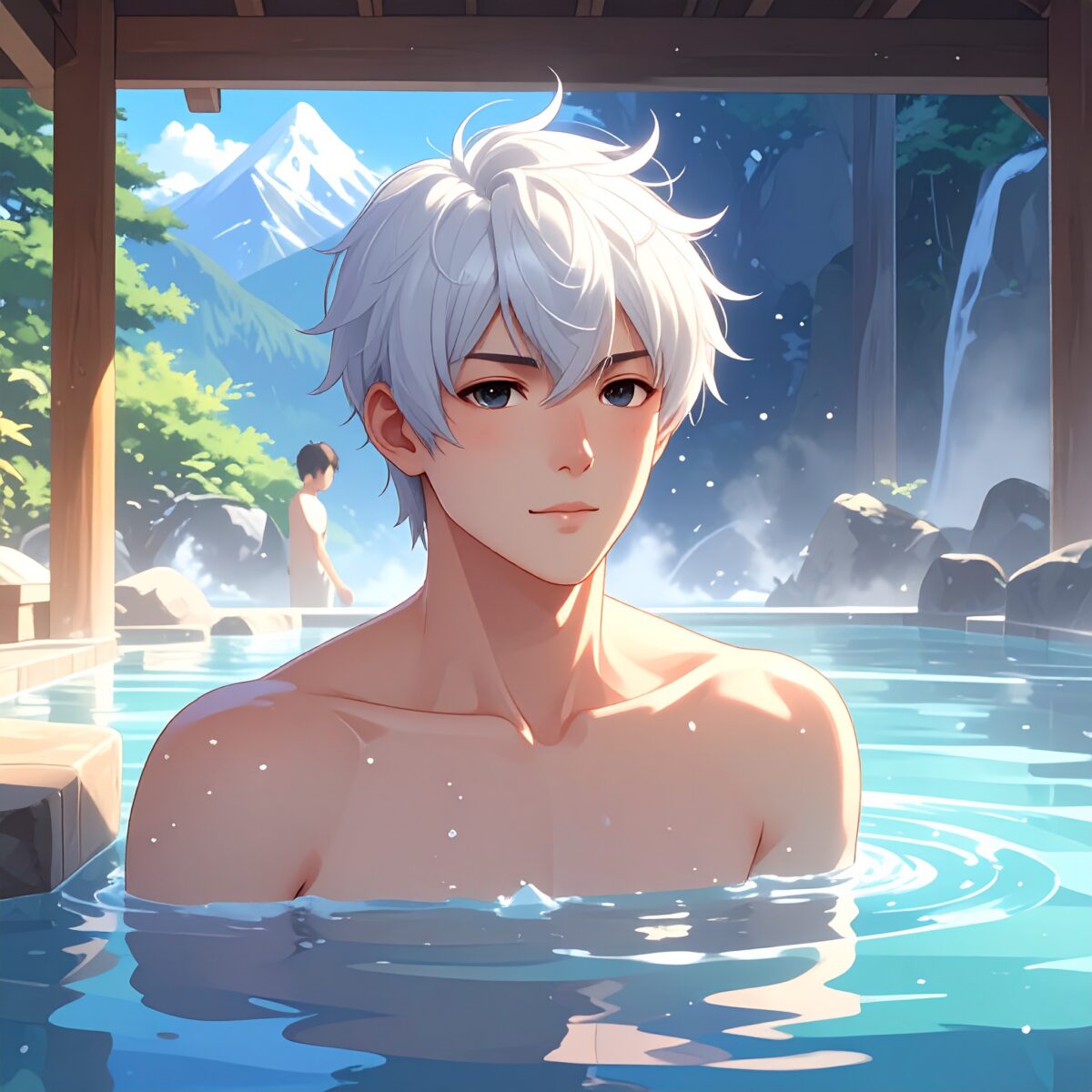A quiet bathhouse shrouded in steam. In the dressing room, you undress completely, bringing nothing but a small towel into the bath. There’s no pretense, nothing to hide—just the warm embrace of the water. Japan’s onsen (hot spring) culture is built upon a unique sense of closeness between people, one that transcends words. This is what the Japanese call “hadaka no tsukiai”—naked togetherness.
Visiting an onsen is more than just physical relaxation; it is a way to release tension from the heart and mind. By removing clothing, a symbol of social identity, people meet each other in their most natural state. In Japan, this is not seen as unusual, but as a deeply rooted cultural norm—sharing the same bath, regardless of age, status, or background, carries quiet significance.
This hands-on cultural program takes place in traditional ryokan inns, day-use bathhouses, or local public baths. It offers participants—especially first-timers and international visitors—a chance to experience the heart of onsen culture by learning proper etiquette and understanding its deeper meaning. Clear, multilingual instructions and visual guides help newcomers ease into the ritual.
The journey begins in the dressing room, where clothes are folded neatly and stored in a locker or basket. With just a small tenugui towel in hand, you step into the bathing area. Before entering the tub, you sit at the washing station to cleanse your body thoroughly. This act of purification is not only a gesture of respect toward others but also a moment to center yourself.
And then—into the bath. As your shoulders sink beneath the surface, you feel the tension melt away. You may be sitting beside a complete stranger, yet somehow, there is no discomfort. In the warm, steamy atmosphere, silent presence carries more weight than words. Even without speaking, a quiet connection is felt—a sense of mutual understanding that flows gently beneath the surface.

For families, an onsen experience becomes a gentle introduction to a deeply rooted part of Japanese life. A child’s first time in a large public bath might be filled with nervous curiosity—but stepping into the water alongside a parent brings comfort. Little by little, they begin to understand the warmth and peace that come with soaking in the bath. Conversations shared in the bath often carry a softer tone, and sometimes feel a bit more honest. Even a simple phrase like, “Today’s trip was really fun,” sounds especially meaningful when spoken in the stillness of the water.
The idea of “hadaka no tsukiai”—naked togetherness—extends beyond family. At an onsen, it’s not uncommon to exchange a greeting or light conversation with a fellow guest who happens to be bathing at the same time. Because everyone is in the same vulnerable state, stripped of titles and appearances, these interactions unfold naturally. This sense of equality reflects a quiet cultural aesthetic deeply rooted in the Japanese spirit.
For international visitors, this aspect of Japanese culture may come as a surprise at first. But with thoughtful guidance, many come to appreciate the comfort and sense of openness it brings. More onsen facilities now offer multilingual instructions, illustrated guides to bathing etiquette, and even accommodations for guests with tattoos—creating a more inclusive and welcoming environment.
The act of bathing in an onsen is interwoven with Japanese values: cleanliness, quietude, respect, and acceptance. When we shed our clothing, we also shed a bit of the weight we carry—making space for closeness, reflection, and healing. As you sink into the water and close your eyes, the labels of everyday life and the barriers of language begin to dissolve.
Perhaps this is why many choose to end their journey with a visit to an onsen. It’s not only a way to soothe the body, but a moment to reset, reconnect, and remember the simple beauty of human connection.




